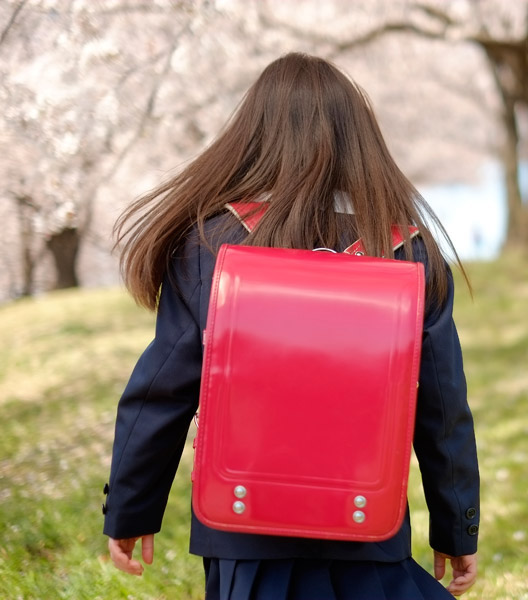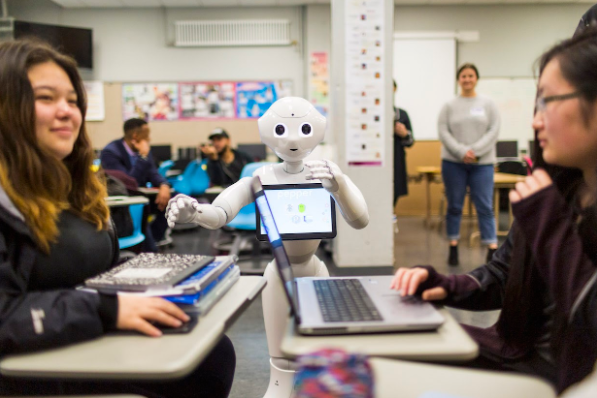
Japan’s Education Sector

Japanese society holds learning to be one of life’s fundamental pillars. That value has driven Japan’s education system to play a vital part in their culture, particularly since the Meiji Restoration in 1868. This emphasis on the esteem of education has contributed to Japan’s triumphs in the world of cutting-edge solutions.
Tokyoesque has seen the opportunities that exist, especially for businesses that combine Education and Technology. Japan’s education represents one of the world’s most compelling success stories.
The Japanese educational system is also unique, with cultural habits and differences that non-Japanese education-related businesses will need to learn about before aiming to enter the market. Take, as an example, the entrenched Japanese randoseru bag, a rite of initiation for all new Japanese students.
The Japan school class system has a 6-3-3-4 learning style – the compulsory education structure in Japan runs for nine years, with six years in elementary education and another three years in lower secondary school. The Japanese government’s initial budget for education and science expenditure was set at around ¥5.38 trillion JPY ($49.8 billion USD) in 2019, almost the same amount as the initial budget of the previous year, before being retrospectively revised. Japan’s education budget is one of the largest within the national government’s general accounts. It more broadly focuses on the promotion of culture, education and science in Japan.
In April 2020, English became a mandatory subject for fifth- and sixth- graders. This was in contrast to prior classification of English in Japan as a foreign language activity class where children are only expected to experiment with English by speaking and listening. This doubled the annual number of English classroom hours to 70 from 35, and saw reading and writing taught for the first time. With this change, foreign language activity classes also became mandatory for third- and fourth-graders.
As for the innovative side of learning, the use of robots is rapidly becoming more common across Japan’s education system. Many schools have started using teaching robotics as educational tools. These robots can deliver lessons in STEM concepts that are essential parts of the curriculum. The Ministry of Education invested ¥250m JPY ($2.3m USD) to roll out robots across 500 classrooms to help teach English. In countries like South Korea, a robot called Robosem has been adopted to teach English. Japan’s Education Board in Hiroshima prefecture has pioneered the use of a pint-sized “surrogate robot” measuring just 23-centimeters in height.
Curious about the Japan market?
See how your education-focused solution could work in Japan.
Take a look at our latest projects and research in this industry below.
